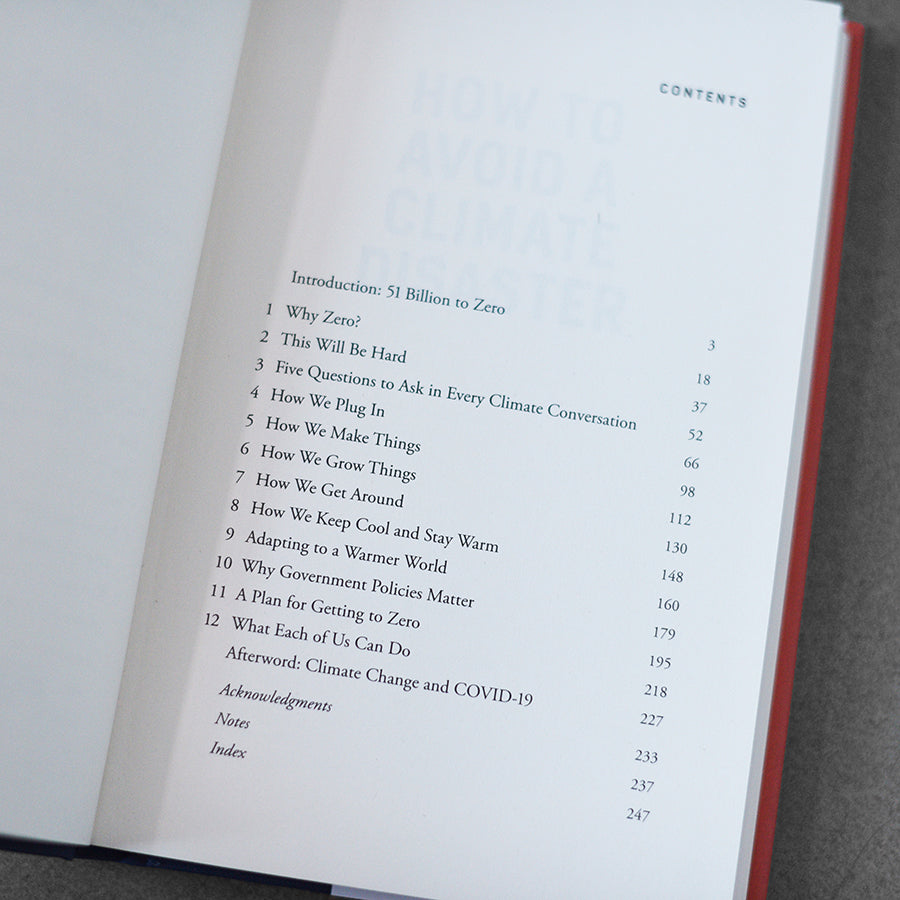
Green or clean energy solutions, are more expensive than using fossil fuels. "The reason the world emits so much greenhouse gas is that - as long as you ignore the long-term damage they do - our current energy technologies are by and large the cheapest ones available," Gates says. Here are the watts per square meter for some of the most commonly discussed power sources:įossil fuel: 500 to 10,000 watts per square meter Nuclear: 500 to 1,000 watts per square meter Solar: 5 to 20 watts per square meter (Gates says it's theoretically possible for this to get as high as 100.) Hydropower, such as dams: 5 to 50 watts per square meter Wind: 1 to 2 watts per square meter Wood and other biomass: Less than 1 watt per square meter It all comes back to money It just means that they have different requirements that should be part of the conversation." "That doesn't mean that wind is bad and solar is good.

"If you want to use wind instead of solar, you'll need far more land, all other things being equal," Gates writes. It's important to consider the watts per square meter when discussing the viability of a particular energy solution for a particular location or situation. To measure how much space will be taken up to generate a given amount of power, scientists use a metric called power density, which is measured in watts per square meter. "Space is by far from the only consideration, of course, but it's an important one that we should be talking about more often than we do." This matters for the obvious reason that there is only so much land and water to go around," Gates writes. "Some power sources take up more room than others. "That's roughly one percent of global emissions." Making things, like cement and steel, is more of a culprit than cars or jets "At Breakthrough Energy, we fund only technologies that could remove at least 500 million tons a year if they are successful and fully implemented," Gates writes, referring to the energy innovation investment fund in which he has money, along with other like Jeff Bezos. Gates writes that when considers any green technology or policy, he assesses its impact based on what percentage of 51 billion tons of GHG it can remove from the atmosphere. aircraft carriers, according to NASA (multiplied 51 times).



That is equivalent to 10,000 fully-loaded U.S. To help put that into perspective, each of those 51 gigatons (a gigaton is 1 billion tons) equals 2.2 trillion pounds. Though emissions for 2020 were a bit less than usual due to the coronavirus pandemic slowing travel and economic output, in a typical year, the world adds 51 billion tons of greenhouse houses (GHG) to the atmosphere, according to the book.


 0 kommentar(er)
0 kommentar(er)
